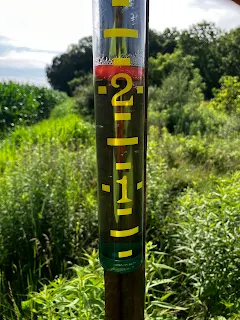One of the topics that recently attracted my attention involves Business Formation.
By the numbers (data from FRED):
- New Retail Businesses started per month: 80k (I bet that doesn't include unlicensed distributors of undocumented pharmaceuticals)
- Professional Services 60k/month (Lawyers and typists and accountants and dog-groomer and so on)
- Construction 42k/month
- Transportation and warehousing 30k/month (includes ride-share)
- Health and Social Services 28k/month
- Accommodations and Food Services 24k/month
- Wholesale trading 9.2k/month
- Manufacturing 6.3k/month
- Agriculture 3.6k/month
- Arts and Entertainment 0.9k per month
The number of new businesses formed increased markedly after the first shock of Covid.
It is my perception that some of these "businesses" formalized undocumented businesses. Maybe Darlene provided in-home, adult care as a sideline and got fired from her regular job. She formed an LLC to protect her assets against litigation.
Top reasons businesses fail
Running out of cash. Issues with cash flow, inadequate funding and/or inability to properly price products or services.
Market does not demonstrate enough demand for the products or services offered and fixed costs "eat" the business.
Competition.
Flawed business model that might predict unsustainable "fantasy" market growth or below prevailing costs for inputs.
Legal challenges.
Unwillingness to invest the hours required to make a new business succeed. Turning down customers because it would "stress" the owner/operator.
Unwillingness to seek professional support for niche, specialty skills like bookkeeping/accounting, legal, maintenance, insurance, advertising.
Buying when renting would conserve cash.
Take-away
Running a business requires a diverse skill-set. Starting a business requires that same skill-set plus a few more.
People who successfully started a business in the past are much more likely to successfully start another business in the future than the general population.
People who failed in all of their previous business start-ups tend to believe it is "luck" and seldom make the changes required to be successful in the future.
A few questions for my readers
The number of retail businesses surprised me. Are there economically sound reasons why people selling on Etsy and eBay might form "businesses"?
Is it your perception that the corporate model is falling apart and people are being pushed into the gig-economy? Is that one reason why "business formation" is growing even though the economy (outside of the Biden rain-shadow of spending) seems to be slowing down?








